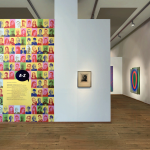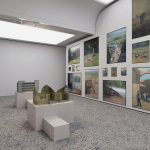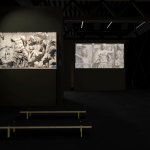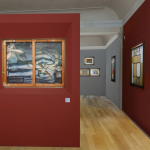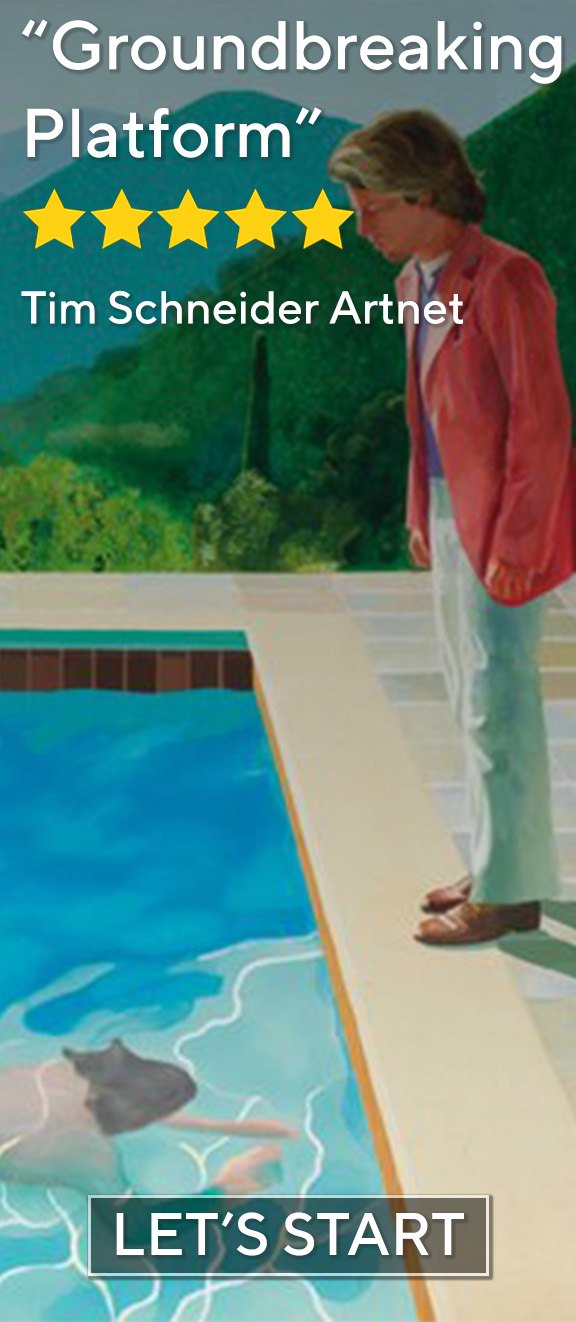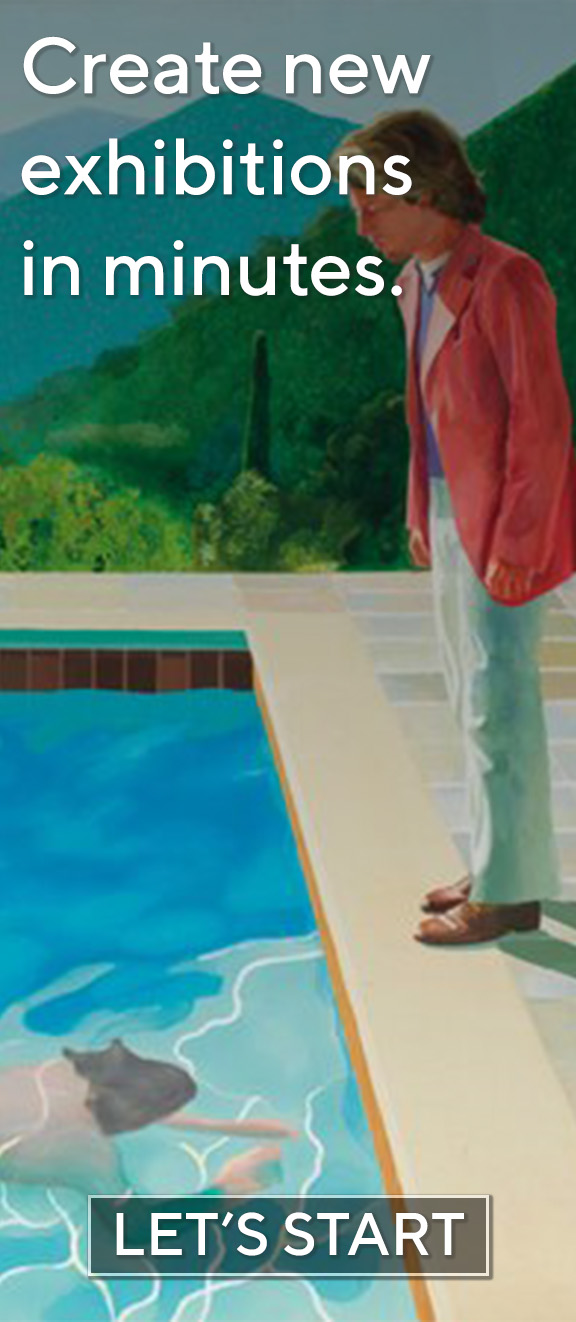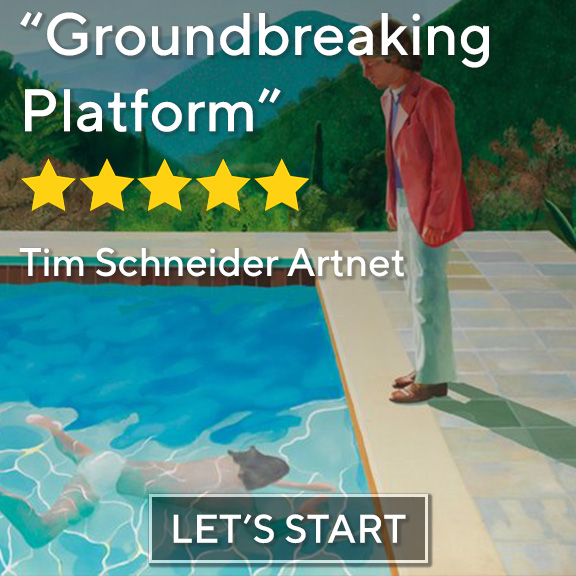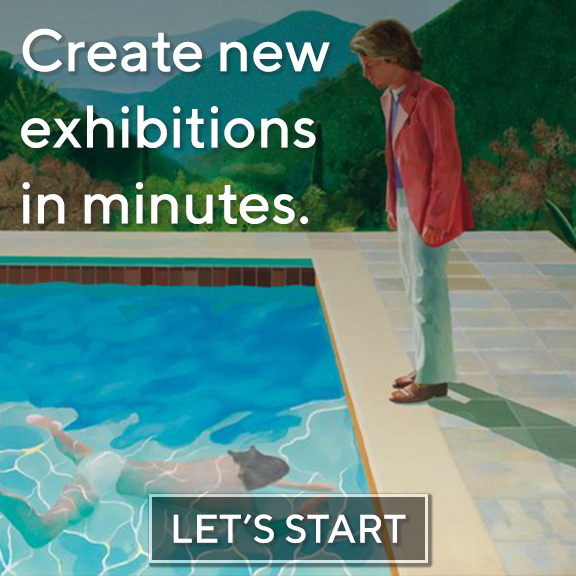The “Neoplastic Room: Open Composition” project premiered in 2010 at Muzeum Sztuki, Łódź.
In the aftermath of World War II, as Europe sought to rebuild not only its cities but also its cultural identity, Władysław Strzemiński’s “Neoplastic Room” emerged as a bold architectural gesture toward modernist ideals. Installed at Muzeum Sztuki in Łódź in 1948, this permanent exhibition space was conceived as a living manifesto of Neo-Plasticism—a movement rooted in the belief that art could harmonize the chaotic realities of the world through pure abstraction and rational order. Designed in collaboration with museum director Marian Minich, the room reflects Strzemiński’s commitment to Constructivist principles, where spatial composition, color planes, and geometric rhythm serve both aesthetic and ideological functions.
The “Neoplastic Room” is more than an exhibition venue; it is an artwork in itself. Drawing inspiration from Theo van Doesburg’s De Stijl theories, the room is structured around vertical and horizontal elements that guide the viewer’s movement and perception. Unlike El Lissitzky’s “Abstract Cabinet” , which uses striped divisions to suggest dynamism, Strzemiński employs colored planes to activate the space. These wall segments—painted in primary colors and neutrals—frame the artworks while simultaneously asserting their own compositional logic. The result is a curated dialogue between painting, sculpture, and architecture, where each element reinforces the other’s structural clarity.
Central to the exhibition’s curatorial vision is the interplay between individual works and the overarching spatial design. Four key artworks exemplify this synergy:
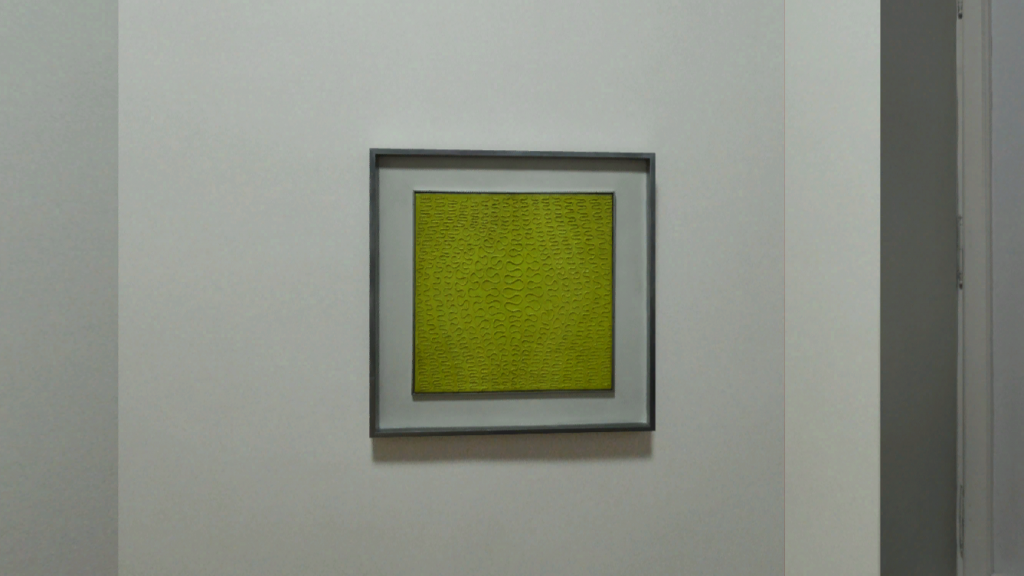
Strzemiński’s “Unistic Compositions” are the philosophical core of the “Neoplastic Room”. In “Unistic Composition 13” , the artist distills abstract form into a state of organic unity, mirroring natural structures through precise geometric relationships. The painting’s grid-like structure, modulated by subtle shifts in hue and line weight, echoes the room’s architectural framework. It is not merely displayed within the space—it resonates with it, embodying the Constructivist ideal that art should reflect universal laws of harmony.
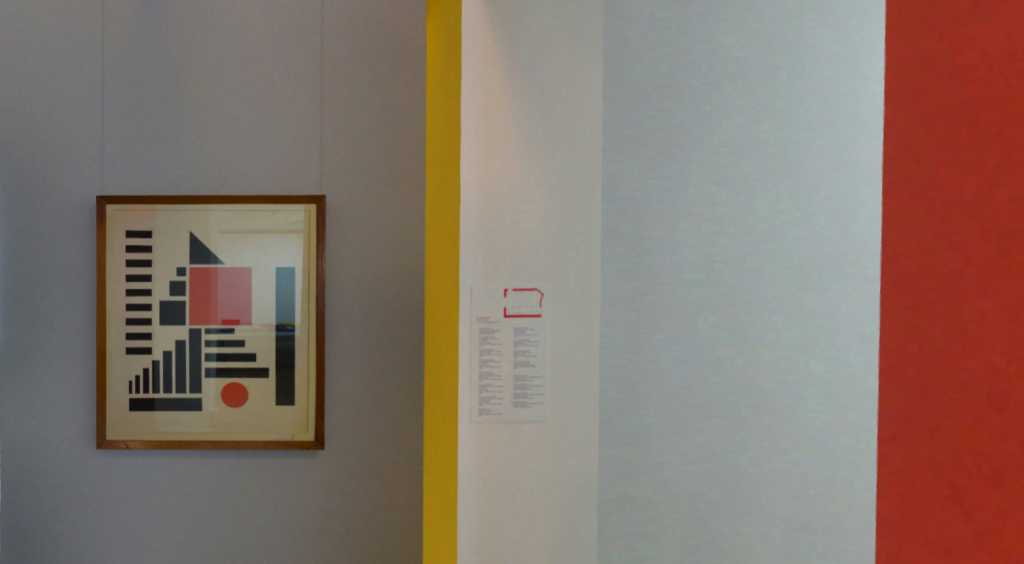
Berlewi’s “Mechano-Faktura – White, Red, and Black” rejects illusionistic depth in favor of a flat, rhythmic arrangement of geometric forms. The stark contrast between white ground and bold red and black shapes aligns with Strzemiński’s spatial philosophy. As one of the earliest works shown in Warsaw’s Austro-Daimler car showroom, it embodies the avant-garde ambition to merge art with industrial modernity—an ethos that the Neoplastic Room continues to uphold decades later.

Kobro’s “Spatial Composition (6)” extends the Neo-Plastic vocabulary into three dimensions. The sculpture’s intersecting planes and curved elements create an open structure that interacts with the surrounding space, much like the room itself. Kobro, who studied alongside Malevich and Rodchenko, applied Suprematist ideas to constructivist forms, creating a bridge between Russian and Polish avant-gardes. Her work enhances the Neoplastic Room ’s mission to present a transnational vision of modernism.
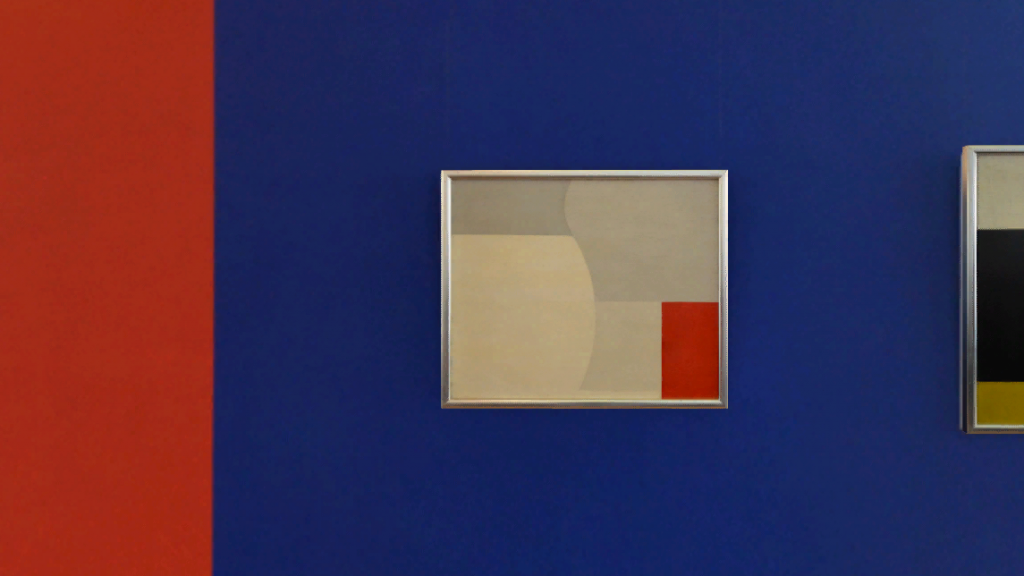
Stażewski’s “Composition” offers a counterpoint to the rigidity often associated with geometric abstraction. Its layered stripes and shifting planes generate a sense of motion and depth, inviting contemplation rather than mere observation. As a co-founder of the a.r. group, Stażewski championed Constructivism’s expressive potential, making his work a vital component of the room’s conceptual breadth.
“While abstract art in search of purity becomes more and more naked and flat, Hélion is the one who succeeded best at finding the path of return to the fullness of nature in the area of abstract art.”
This quote by Meyer Schapiro from 1940 underscores the broader discourse in which the exhibition operates—a tension between pure abstraction and referential content, between utopian ideals and historical realities. The room itself became a site of ideological conflict during the Stalinist era, when it was painted over and hidden from public view. Reconstructed in 1960, it has since served as a reference point for contemporary artists engaging with the legacy of the Polish avant-garde.
The “Neoplastic Room” remains a powerful cultural artifact, not only for its historical significance but for its enduring relevance. In a time when digital interfaces dominate our visual experience, the room’s insistence on physical presence and spatial awareness feels almost radical. It invites us to slow down, to notice how color and form shape our perception, and to consider how modernist ideals might still inform our understanding of order, balance, and collective space.
Just as “Metropolis” (1927) imagined a future shaped by mechanical precision and human emotion, the Neoplastic Room envisions a world where geometry and grace can coexist. It is less a relic of the past than a blueprint for what art and design might yet achieve—a quiet revolution housed within four walls.


